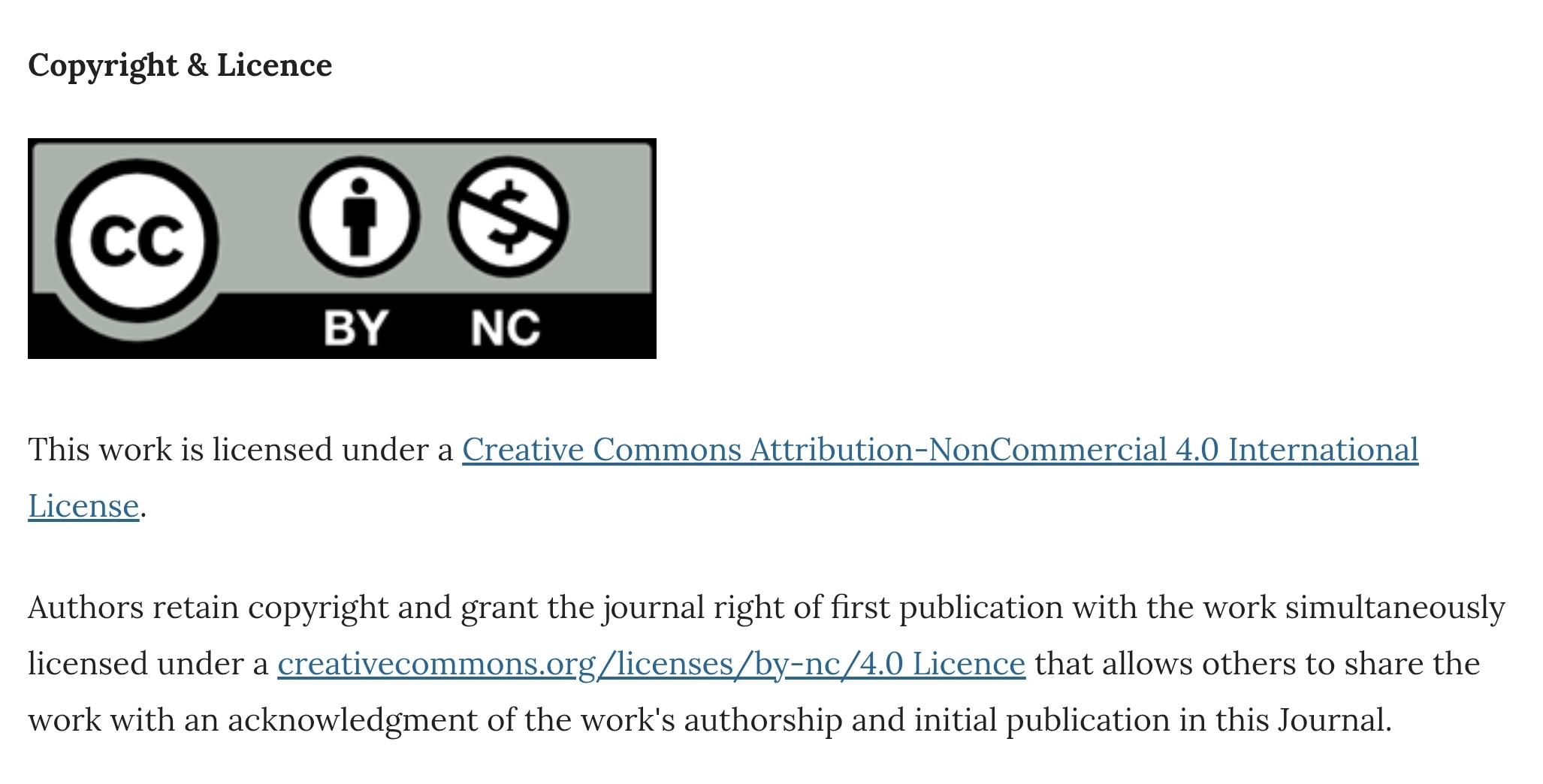Solvent Use and its Management - An Overview
Abstract
Solvents, whose use is widely prevalent across the world, are one of the most common illicit drugs abused in Kerala, especially among the adolescents. However, few solvent users come in contact with the health care system due to their disenfranchisement and social isolation. This selective review outlines the current concepts and clinical management strategies related to solvent use and related disorders. No robust studies are currently available on treatment approaches, and all published treatment guidelines have been based on expert consensus. There are few case reports on use of baclofen, buspirone and lamotrigine in reducing craving and treating solvent dependence. Risperidone, haloperidol and carbamazepine are reported to be effective in the treatment of solvent induced psychosis. Recommended nonpharmacological approaches include cognitive, group, and behavior therapies. Many other aspects of solvent dependence, including course and outcome, have not been studied, despite the fact that use of solvents is associated with significant mortality, morbidity and psychosocial dysfunction. There is an urgent need for a concerted effort to develop effective evidence based interventions to tackle this issue.
Downloads
References
Kumar S, Grover S, Kulhara P, Mattoo SK, Basu D, Biswas P, et al. Inhalant abuse: a clinic-based study. Indian J Psychiatry 2008; 50:117–20.
Bennett ME, Walters ST, Miller JH, Woodall WG. Relationship of early inhalant use to substance use in college students. J Subst Abuse 2000;12:227–240.
National Institute on Drug Abuse. Inhalants Retrieved from http://www.drugabuse.gov/drugs-abuse/inhalants on November 24, 2014
Johnson LD, O’Malley PM, Bachman JG, Schulenberg JE.Monitoring the Future national survey results on drug use, 1975–2006. Volume I: Secondary School Students (NIH Publication no. 07-6205). Bethesda, MD: National Institute on Drug Abuse; 2007.
United Nations office on Drugs and Crime (2014). World Drug Report 2014.
Substance Abuse and Mental Health Administration, Office of Applied Studies. Inhalant use across the adolescent years. The National Survey on Drug Use and Health, The NSDUH Report;2008.
Ray R, Dhawan A, Ambekar A, Yadav D, Chopra A. Inhalant use among street children in Delhi: A situation assessment. New Delhi: National Drug Dependence Treatment Centre, All India Institute of Medical Sciences;2009.
Waraich BK, Chavan BS, Raj L. Inhalant abuse: a growing public health concern in India. Addiction 2003;98: 1169–72.
Psychological Profile Of School-going Adolescents in the District of Ernakulam, Kerala NRHM Report, 2013.
Psychological Profile of College Students in the District of Ernakulam, Kerala NRHM Report, 2013.
Oetting ER, Edwards RW, Beauvais F. Social and psychological factors underlying inhalant abuse. NIDA Research Monograph. Epidemiology of inhalant abuse: An update. Rockville, MD: NIDA, U.S. Public Health Service 1988; 85: 175-203.
Brouette T, Anton R. Clinical review of inhalants. Am J Addict 2001;10:79–94.
Williams JM, Stafford D, Steketee JD. Effects of repeated inhalation of toluene on ionotropic GABA A and glutamate receptor subunit levels in rat brain. NeurochemInt 2005;46:1–10.
Vasilov A, Nandu B, Berman J. Treatment Modules and Therapeutic Approaches for Inhalant Abuse: A Case Report. Psychiatr Ann 2013; 43:419-23.
Shelton KL, Balster RL. Effects of abused inhalants and GABA-positive modulators in dizocilpine discriminating inbred mice. PharmacolBiochemBehav 2004;79:219–28.
Bowen SE, Batis JC, Paez-Martinez N, Cruz SL. The last decade of solvent research in animal models of abuse: Mechanistic and behavioral studies. NeurotoxicolTeratol 2006;28:636–47.
Avella J, Wilson JC, Lehrer M. Fatal cardiac arrhythmia after repeated exposure to 1,1-difluoroethane (DFE) Am J Forensic Med Pathol2006;27(1):58–60.
Sakai, Joseph T,Hall SK, Mikulich-Gilbertson SK, Crowley TJ.Inhalant use, abuse and dependence among adolescent patient: common comorbid problems. J Am Acad Child Adolesc Psychiatry 2004; 43:1080-8.
Hernandez-Avila CA, Ortega-Soto HA, Jasso A, Hasfura-Buenaga CA, Kranzler HR.Treatment of inhalant-induced psychotic disorder with carbamazepine versus haloperidol. PsychiatrServ 1998; 49(6):812–5.
Kurtzman TL, Otsuka KN, Wahl RA. Inhalant abuse by adolescents. J Adolesc Health 2001; 28:170–80.
Konghom S, Verachai V, Srisurapanont M, Suwanmajo S, Ranuwattananon A, Kimsongneun N, et al. Treatment for inhalant dependence and abuse. Cochrane Database Syst Rev 2010; Issue 12. Art. No.: CD007537.
Howard MO, Balster RL, Cottier LB, Wu LT, Vaughn MG. Inhalant use among incarcerated adolescents in the United States: Prevalence, characteristics, and correlates of use. Drug and Alcohol Depend 2008;93(3):197–209.
Perron BE, Howard MO, Vaughn MG, Jarman CN. Inhalant withdrawal as a clinically significant feature of inhalant dependence disorder. Med Hypotheses 2009;73(6):935–37.
Muralidharan K, Rajkumar RP, Mulla U, Nayak RB, Benegal V. Baclofen in the management of inhalant withdrawal: a case series. Prim Care Companion J Clin Psychiatry2008; 10:48–51.
Shen YC. Treatment of inhalant dependence with lamotrigine. ProgNeuropsychopharmacolBiol Psychiatry 2007;31(3):769–71.
Lee DE, Schiffer WK, Dewey SL. Gamma-vinyl GABA (vigabatrin) blocks the expression of toluene-induced conditioned place preference (CPP). Synapse 2004;54(3):183–85.
D’abbs P, McLean S. Volatile substance misuse: A review of interventions. Australian Government, National Drug Strategy, Monograph Series No. 65.Department of Health and Aging; 2008.
Dell CA, Ogborne A, Begin P, Roberts G, Ayotte D, Blouin M,et al. Canadian Centre on Substance Abuse Youth residential solvent treatment program design: An examination of the role of program length and length of client stay. 2003.
Misra LK, Kofoed L, Fuller W. Treatment of inhalant abuse with risperidone. J Clin Psychiatry 1999;60(9):620.
Niederhofer H. Treating inhalant abuse with buspirone. Am J Addiction 2007; 16(1):69.
Swan A, Ritter A. Clinical treatment guidelines for alcohol and drug clinicians. No. 7: Working with polydrug users. Fitzroy, Victoria: Turning Point Alcohol and Drug Centre Inc; 2001.
Baydala L, Canadian Paediatric Society, First Nations, Inuit and Métis Health Committee. Inhalant abuse. Paediatr Child Health 2010; 15:443–8.
Madras BK,Compton WM, Avula D, Stegbauer T, Stein JB, Clark HW. Screening, brief interventions, referral to treatment (SBIRT) for illicit drug and alcohol use at multiple healthcare sites: Comparison at intake and 6 months later. Drug Alcohol Depend 2009; 99:280–95.
Westermeyer J. The psychiatrist and solvent-inhalant abuse: Recognition, assessment, and treatment. Am J Psychiatry 1987; 144:903–7.
Jones HE, BalsterRL.Inhalant abuse in pregnancy. ObstetGynecolClin North Am 1998; 25:161.
Published
How to Cite
Issue
Section
License
Copyright (c) 2015 Kerala Journal of Psychiatry

This work is licensed under a Creative Commons Attribution-NonCommercial 4.0 International License.







